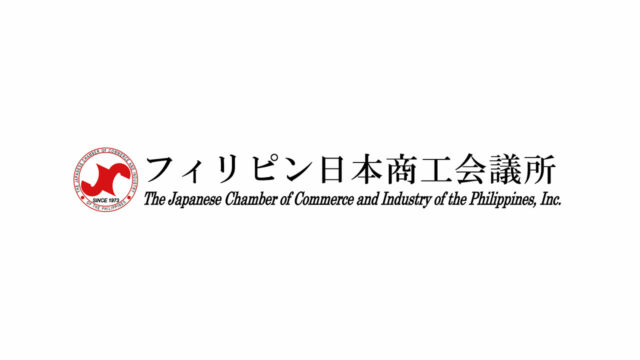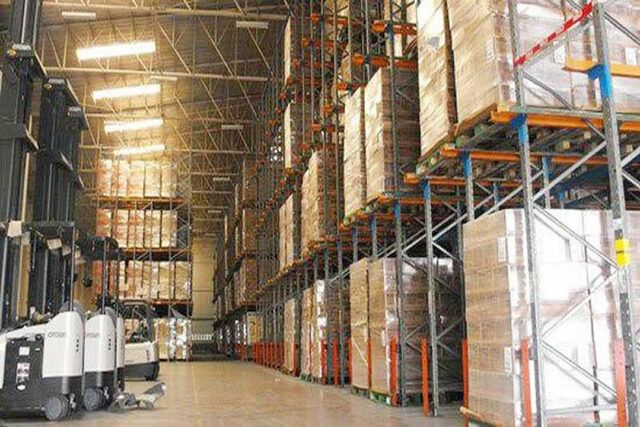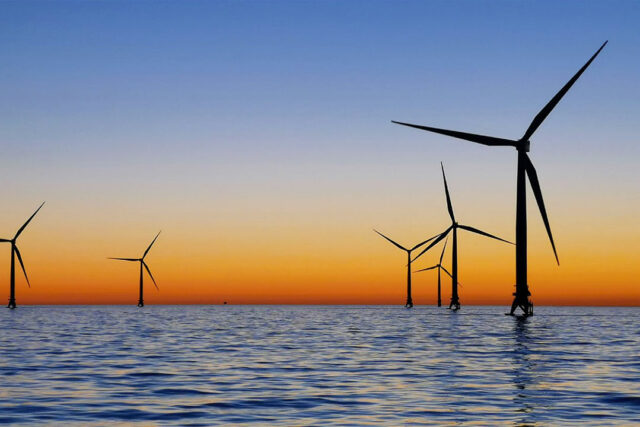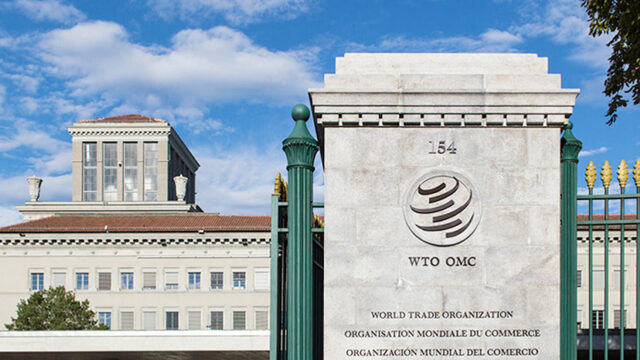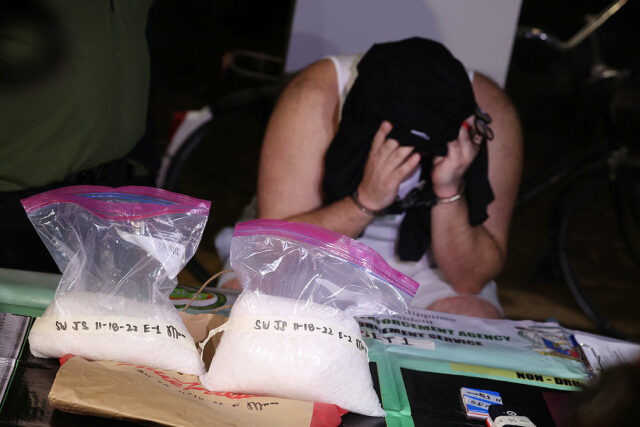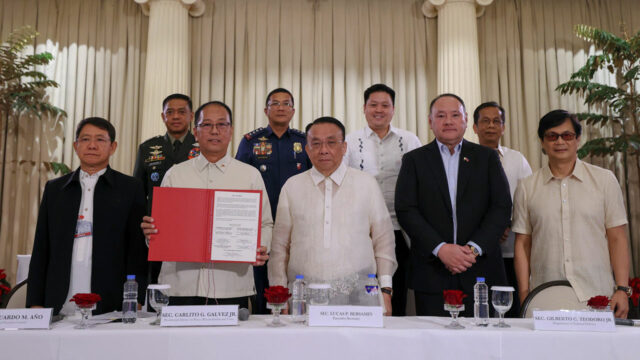Stocks up on easing oil prices, window dressing
LOCAL SHARES closed higher on Tuesday as investor sentiment was buoyed by easing global oil prices and window dressing before the end of the month.
The benchmark Philippine Stock Exchange index rose by 40.07 points or 0.63% to end at 6,309.57, while the broader all shares climbed by 10.48 points or 0.31% to close at 3,358.70.
“Philippine shares continued their upward momentum, making a challenge towards the 6,400 level, as investors gear up for the last month and prepare for some window dressing before November closes,” Regina Capital Development Corp. Head of Sales Luis A. Limlingan said in a Viber message.
The local bourse ended in positive territory amid easing global oil prices, Philstocks Financial, Inc. Research Analyst Claire T. Alviar said in a Viber message.
“The local bourse gained by 40.07 points to 6,309.57 thanks to the easing of oil prices amid the temporary truce between Israel and Hamas, coupled with the potential cut in oil supply by OPEC+ (Organization of the Petroleum Exporting Countries and its allies),” Ms. Alviar said.
“Easing oil prices could support the growth of the Philippines, especially in the last quarter of the year,” she added.
OPEC+, which includes OPEC countries and other countries such as Russia, is scheduled to have an online ministerial meeting on Thursday to discuss production targets for next year.
On Tuesday, US crude eased 0.13% to $74.76 per barrel and Brent was back below $80, with oil prices swaying between gains and losses ahead of OPEC+ meeting later this week, Reuters reported.
At home, as of Tuesday, year-to-date price adjustments stood at P12.30 per liter for gasoline, P6.00 per liter for diesel, and P1.74 per liter for kerosene.
The majority of the sectoral indices closed higher on Tuesday. Property increased by 90.30 points or 3.35% to 2,780.18; holding firms went up by 31.34 points or 0.52% to 6,007.62; mining and oil climbed by 20.67 points or 0.21% to 9,680.97; and financials rose by 0.53 point or 0.03% to 1,746.25.
Meanwhile, industrials declined by 118.13 points or 1.32% to 8,808.19, and services inched down by 0.21 point or 0.01% to 1,521.08.
“The property sector surged the most, advancing by 3.36%, largely influenced by the 4.46% gain of SM Prime Holdings, Inc. and the 3.68% increase of Ayala Land, Inc., positioning them at the top among the index members. Meanwhile, Universal Robina Corp. was at the bottom, losing by 3.39%,” Ms. Alviar said.
Value turnover rose to P5.34 billion on Tuesday with 382.74 million issues changing hands from the P2.68 billion with 445.73 million issues recorded on Friday.
Decliners beat advancers, 106 to 79, while 39 names ended unchanged.
Net foreign buying reached P670.36 million on Tuesday versus the P123.04 million in selling seen on Friday.
Philippine financial markets were closed on Monday due to a public holiday for Bonifacio Day. — R.M.D. Ochave with Reuters



